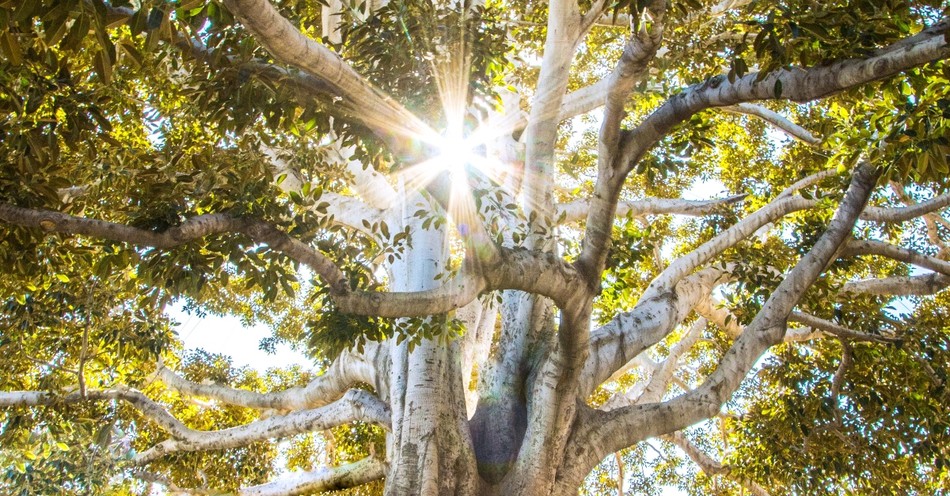If you grew up in a Lutheran church, or a church that frequently sang hymns, you may have been familiar with a tune about a certain balm in Gilead that has healing properties.
But does this, or did this, balm actually exist?
We, of course, know that Gilead did exist. It was a region east of the Jordan River. This particular land’s topography was mountainous and fertile. The tribes of Reuben, Gad, and half of Manasseh inherit this land (Joshua 13:24-31).
So, even though we know about the land, did a special balm exist there?
We do encounter a balm in conjunction with Gilead in a few places in Scripture, which we’ll dive deeper into in this article. We’ll also talk about the role of balms in Scripture, and as always, we’ll form a discussion about it.
Where Do We Find the Balm of Gilead in Scripture?
We encounter three instances of the balm of Gilead mentioned in the Bible.
Genesis 37:25 describes a caravan carrying balm on their way to Egypt,
As they sat down to eat their meal, they looked up and saw a caravan of Ishmaelites coming from Gilead. Their camels were loaded with spices, balm and myrrh, and they were on their way to take them down to Egypt.
When Jeremiah, in Jeremiah 8, hears about how Babylon will lay siege to Israel, Jeremiah weeps and asks if there is a balm in Gilead.
Since my people are crushed, I am crushed; I mourn, and horror grips me. Is there no balm in Gilead? Is there no physician there? Why then is there no healing for the wound of my people? (Jeremiah 8:21-22).
In other words, he asks, “God, is there any way you can heal us?”
Once again, in Jeremiah (Jeremiah 46:11), God tells the Israelites to get a balm in Gilead, because they’ve wounded themselves beyond repair. He doesn’t literally mean get a physical balm to fix your problems. But they would’ve understood the imagery. No doubt, Gilead contained a balm of herbs and spices that served as a healing ointment.
As mentioned in this article, we don’t know the exact ingredients used in the balm, but many believed the balm included resin in the mixture.
The Use of Balms in the Ancient World
What did people do with balms? After all, we don’t see the Hippocratic Oath come into effect until 500 BC, so how did people tend to their wounded and sick in the ancient world?
Short answer: Balms.
Long answer: Balms had several uses in the ancient world. They flavored mummified meat, perfumed and preserved the bodies of those who had passed, and they had healing properties. The ancient salve mixtures could contain a number of ingredients from beeswax to balsam and poplar tree juices.
No matter what ingredients the particular balm of Gilead contained, we know they believed it could heal the wounded. But does the balm have a deeper meaning beyond a physical salve for cuts and abrasions?
Is Jesus the Balm of Gilead?
The Israelites had turned to a temporary solution, and God makes that clear in Jeremiah 46 passage. They’d consulted other nations, other gods, and other methods to heal their sin problem.
Babylon represented the consequences of that sin, but even after the Babylonian nation crumbled, and Israel returned after 70 years, they still had festering wounds from sin. They still needed an ultimate balm that could heal them.
The ultimate physician binds our wounds and restores us. We may attempt to turn to temporary solutions and balms, but ultimately, we need the True balm of Gilead to heal our souls.
Why Does This Matter?
Why should we care about an ancient balm that can heal skin abrasions? It sounds more like something someone from an essential oils multi-level marketing business might try to sell as a new product line.
It matters for a number of reasons.
First, the balm, although real, has a deeper symbolic purpose in Scripture. God shows Israel, through imagery, that they’d turned to a temporary healing solution. Yes, the balm might heal their physical wounds, but they had far deeper spiritual cuts that needed ultimate healing.
They needed Jesus.
Second, we should care about the balm of Gilead, because we know that the temporary solutions that Israel turned to failed.
In particular, when they looked for Egyptian aid during the siege of the Babylonians (and Assyrians), God showed them that they couldn’t rely on foreign powers to combat the years of their sinfulness. The once great and powerful Egypt succumbed to the enemy, and so did Israel.
In the same way, do we trust in temporary balms? Do we apply them to festering spiritual wounds? Or have we turned to the ultimate healing physician, who can truly cure our ailments?
Photo Credit: ©Unsplash/Jeremy Bishop
Hope Bolinger is an acquisitions editor at End Game Press, book editor for hire, and the author of almost 30 books. More than 1500 of her works have been featured in various publications. Check out her books at hopebolinger.com for clean books in most genres, great for adults and kids. Check out her editing profile at Reedsy.com to find out about hiring her for your next book project.




